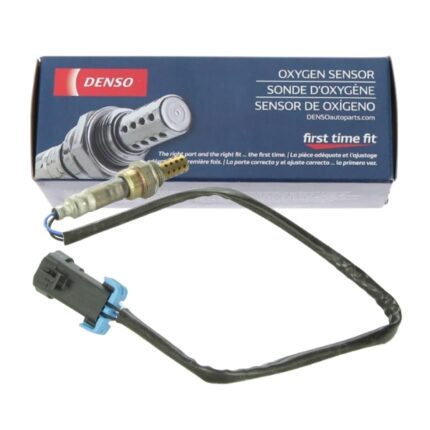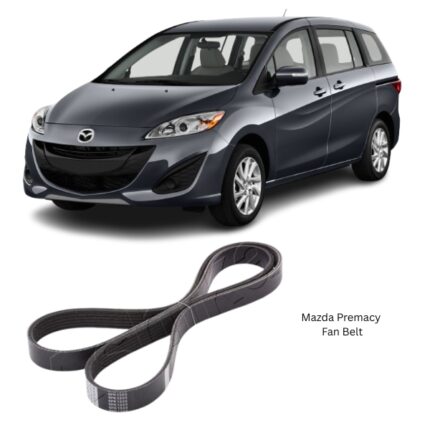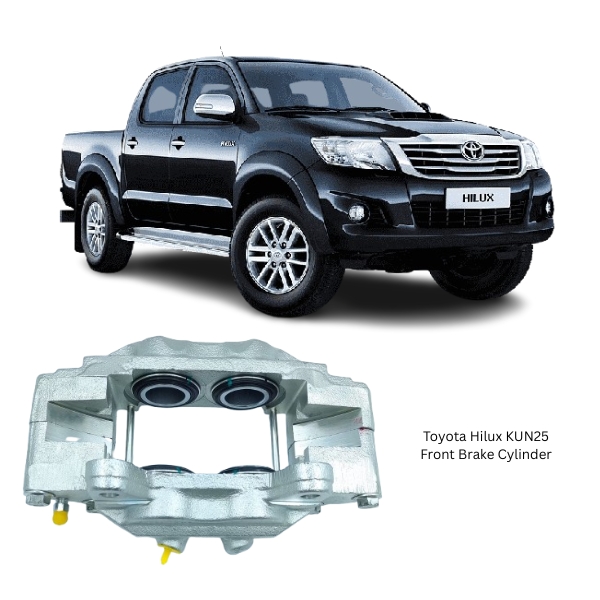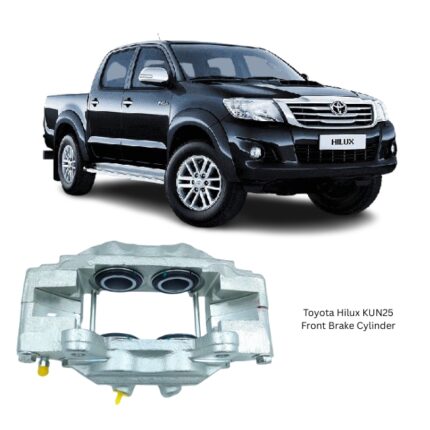Get Toyota Hilux KUN25 Front Brake Cylinder 47750-0k190 in Kenya
The front brake cylinder is a vital component in a vehicle’s braking system, particularly in drum brake setups where it plays a crucial role in converting hydraulic pressure from the master cylinder into mechanical force that activates the brake shoes. While many modern front braking systems now use disc brakes with calipers, there are still several vehicle platforms where front drum brakes are either standard or remain in use for specific applications. In such systems, the front brake cylinder—often referred to as the wheel cylinder—is the core hydraulic actuator located inside the brake drum assembly.
Primary Function
The fundamental role of a front brake cylinder is to apply force to the brake shoes, pushing them outward against the inner surface of the brake drum. This contact generates the necessary friction to slow down or stop the vehicle. It receives pressurized brake fluid through brake lines connected to the master cylinder. When the driver presses the brake pedal, fluid pressure builds and is transferred to the wheel cylinders. Each front brake cylinder has two pistons, one on each end. The pressure causes these pistons to move outward, pressing the brake shoes into contact with the drum.
Structure and Components
A typical front brake cylinder consists of several key components designed to function together with precision and durability:
-
Cylinder Body: Usually cast from aluminum or cast iron, this houses the internal components and provides the structural integrity needed to handle hydraulic pressure.
-
Pistons: Two cylindrical pistons reside on either end of the cylinder body. These pistons are directly actuated by hydraulic pressure and transmit force to the brake shoes.
-
Seals and Boots: Rubber seals (cups) prevent brake fluid leakage and maintain internal pressure. External dust boots cover the cylinder ends to prevent contaminants like dirt, moisture, and debris from entering.
-
Bleeder Valve: This small screw fitting allows for the removal of air from the braking system during bleeding procedures.
-
Spring (optional): In some designs, a central spring may be included to return the pistons to their rest position when the brake pedal is released.
Material and Build Quality
Materials used in the construction of front brake cylinders are selected based on the need for corrosion resistance, pressure tolerance, and long-term durability. Cast iron variants are known for their strength and thermal resistance, especially in heavy-duty applications, while aluminum-bodied cylinders are preferred for their lighter weight and corrosion-resistant properties.
Internally, the sealing components are typically made from high-grade nitrile or EPDM rubber. These materials resist the degrading effects of brake fluid, high temperatures, and contamination over long periods of use.
Operation Within the Braking System
When the brake pedal is pressed, brake fluid flows from the master cylinder to the front brake cylinders under high pressure. This pressure forces the pistons outward. The pistons, in turn, push the brake shoes outward, causing them to contact the rotating brake drum, generating friction that slows down the wheel.
Once the brake pedal is released, the hydraulic pressure drops. Return springs pull the brake shoes back into their original position, and the pistons retract slightly. The fluid is allowed to return to the master cylinder, resetting the system for the next braking action.
Symptoms of a Failing Front Brake Cylinder
Failure of the front brake cylinder can lead to a range of performance and safety issues. Recognizing these symptoms is key to early detection and replacement:
-
Brake Fluid Leaks: Fluid visible on the inside of the wheel or drum often points to a worn piston seal or corroded cylinder bore.
-
Soft or Spongy Brake Pedal: Air entering the hydraulic system due to a leaking cylinder can cause the brake pedal to feel soft or less responsive.
-
Uneven Braking: A seized piston may cause one side of the brakes to engage more than the other, leading to uneven wear or pulling to one side when braking.
-
Reduced Braking Efficiency: A complete failure of the brake cylinder means the brake shoes are not pressed against the drum effectively, reducing braking power.
-
Brake Warning Light: On vehicles equipped with advanced sensors, hydraulic pressure loss might trigger a dashboard warning.
Maintenance and Replacement
Front brake cylinders are subject to wear over time due to constant exposure to heat, pressure, and contaminants. Routine inspection during brake servicing helps detect early signs of failure. If a cylinder shows any signs of leaking, corrosion, or sticking pistons, replacement is strongly recommended.
When replacing, it’s critical to ensure the replacement cylinder matches the specifications of the original part in terms of bore size, piston dimensions, mounting configuration, and inlet fitting type. After installation, the braking system must be thoroughly bled to remove any air and restore full hydraulic function.
In some cases, especially in older or hard-to-source systems, rebuilding the brake cylinder may be an option. Rebuild kits are available which typically include new seals, pistons, and springs. However, this approach requires precision and a corrosion-free cylinder bore.
Performance and Safety Considerations
The front brake cylinder is central to the effectiveness of the drum braking system. Its ability to respond quickly and evenly ensures reliable vehicle stopping performance. Because it handles the initial hydraulic pressure delivery, any fault or degradation directly compromises braking response and safety.
Proper functioning of this component is essential during emergency braking scenarios, especially under load or at higher speeds. Since it affects both the stopping distance and control of the vehicle, even minor issues with the brake cylinder must be taken seriously and addressed promptly.
Compatibility with Brake Systems
Although drum brakes are more common on rear axles in modern passenger vehicles, certain front-wheel applications—especially in older or specialized models—continue to use front drum brakes with wheel cylinders. These vehicles benefit from the simplicity, lower manufacturing cost, and reliability of drum brake systems in non-performance use cases.
Regardless of application, compatibility with the master cylinder, brake shoes, and other hydraulic components must be considered. Incorrect pairings can lead to mismatched pressure, uneven braking, or even system failure.
Installation Notes
Installing a front brake cylinder involves a few critical steps:
-
Securely lifting the vehicle and removing the wheel.
-
Disassembling the brake drum and shoe assembly.
-
Disconnecting the hydraulic line and mounting bolts.
-
Installing the new cylinder and reattaching the brake line.
-
Reassembling the drum components.
-
Bleeding the brake system to remove air.
-
Testing for leaks and proper brake operation.
Proper torque specifications and cleanliness are essential during installation to prevent leaks and ensure longevity.
Follow us on Facebook for more parts.





Reviews
Clear filtersThere are no reviews yet.